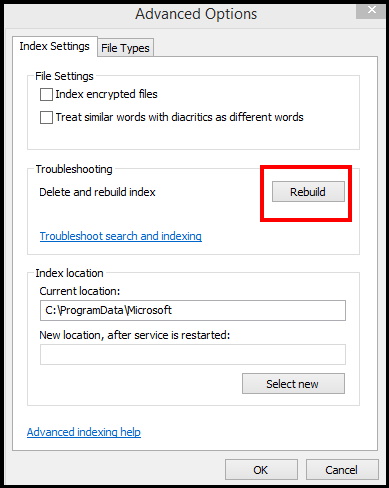
Go to “ View” menu and select “ Details”.ģ. Open the folder where file & folder names are missing.Ģ. In Windows XP, the invisible names problem occurs when the display view is set to “ Thumbnails”. How to display missing folder & file names in Windows Explorer. To resolve the “file or folder names not visible” problem, follow the steps below: This annoying problem can happen to all or to specific folders without an obvious reason and especially if you have selected the icon view ( View > Small, Medium, Large or Extra Large Icons) instead of list, details, tiles or content view. In fact, the folder or file icons appear correctly, but their names are missing. Then wait for it to go through all of the folders, and voila! You can now access the AppData folder without having to use the Start menu.In some cases, the folder and file names are missing in Windows Explorer. Make sure you select the option to include all subfolders. Make sure the “Hidden” box is unchecked and click apply. In this tutorial, mine is not since I’ve already preformed this procedure. One will be for Read-Only and one will say Hidden. Under the General tab, there will be two check boxes. When you are in the AppData folder, right click on any empty space, and click properties. To do this, go to the search bar up at the top and click AppData. You need to be in the AppData folder, itself. Notice that, even when doing this, you will be put in the Roaming folder if you have one. This is the method I use in the tutorial. This can be done by going to the Start menu (for Windows 7 and Vista users) and typing in “%appdata%” with no quotes.Īnother way to do this is by going to the C: drive in My Computer and typing “%appdata%” (again, no quotes) into the search bar at the top. The first thing you need to do is open up the AppData folder, itself. Your AppData folder should show, and you should now be able to add your template into the Templates folder.

(If you click the small arrow below it instead, choose Change Folder and Search options). Under Files and Folders > Hidden files and folders, select the option to Show hidden files, folders and drives.That’s because Windows hides the AppData folder by default, and you have to ‘unhide’ it before you can see it. And the reason has been that they couldn’t see the AppData folder. I’ve had a couple of instances recently where clients or colleagues haven’t been able to install their corporate Microsoft Word template into the Templates folder ( C:\Users\\AppData\Roaming\Microsoft\Templates).


 0 kommentar(er)
0 kommentar(er)
